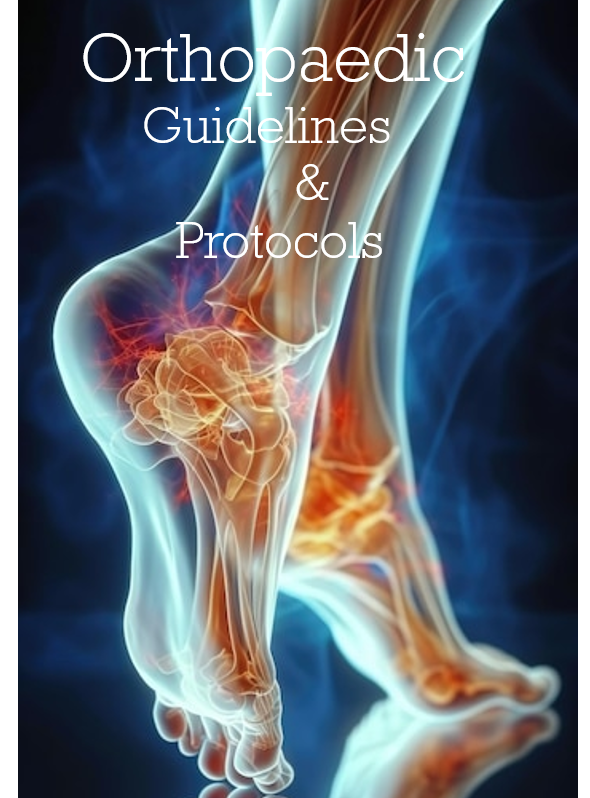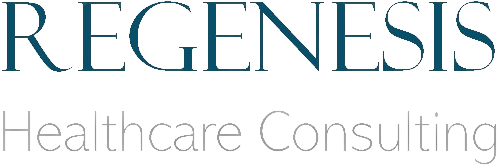
Vital Role of Patient Experience Measurement in Hospital Settings.
Introduction
In the complex landscape of healthcare, hospitals serve as vital institutions responsible for delivering quality care to patients. While the traditional markers of healthcare quality such as medical outcomes and safety protocols remain crucial, the measurement of patients' experiences has emerged as an equally important metric. Understanding and assessing patient experience within hospitals is integral not only for improving service delivery but also for enhancing overall healthcare outcomes. This essay delves into the significance of measuring patients' experiences in hospital settings, exploring its impact on patient satisfaction, clinical outcomes, and the healthcare system as a whole.
Understanding Patient Experience
Patient experience encompasses the sum of all interactions that patients have with the healthcare system, including their encounters with healthcare providers, the physical environment of the hospital, and the administrative processes involved. It goes beyond clinical outcomes to encompass the emotional, psychological, and interpersonal aspects of care delivery. Positive patient experiences are characterized by effective communication, empathy, respect for patient preferences, and a patient-centered approach to care.
Importance of Measurement
- Enhancing Patient Satisfaction: Measuring patient experience provides hospitals with valuable insights into areas of strength and areas needing improvement. By soliciting feedback through surveys, interviews, and other assessment tools, hospitals can identify aspects of care delivery that contribute to patient satisfaction. This allows them to tailor their services to meet the unique needs and preferences of their patient population, ultimately leading to higher levels of satisfaction.
- Improving Clinical Outcomes: Research has shown a strong correlation between positive patient experiences and improved clinical outcomes. Patients who feel heard, valued, and supported by their healthcare providers are more likely to adhere to treatment plans, follow up on recommended screenings, and actively participate in their own care. This, in turn, leads to better health outcomes, reduced hospital readmissions, and lower rates of complications.
- Fostering Patient-Centered Care: Measurement of patient experience promotes a shift towards patient-centered care, where patients are actively engaged in decision-making processes and treated as partners in their care. By listening to patient feedback and incorporating their perspectives into care delivery, hospitals can ensure that services are aligned with patient preferences and priorities. This not only improves the overall patient experience but also empowers patients to take ownership of their health.
- Identifying Areas for Quality Improvement: Patient experience data serves as a valuable tool for identifying areas of weakness within the healthcare system and implementing targeted quality improvement initiatives. Whether it's addressing long wait times, improving communication between healthcare providers and patients, or enhancing the physical environment of the hospital, measuring patient experience allows hospitals to pinpoint specific areas for intervention and monitor the effectiveness of interventions over time.
- Strengthening Patient-Provider Relationships: Effective communication and trust between patients and healthcare providers are essential components of high-quality care. By measuring patient experience, hospitals can identify opportunities to strengthen patient-provider relationships and build trust. This may involve improving communication skills among healthcare staff, fostering a culture of empathy and compassion, and promoting shared decision-making between patients and providers.
- Driving Organizational Performance: In today's healthcare landscape, patient experience has become a key differentiator for hospitals seeking to distinguish themselves in a competitive market. Hospitals that prioritize patient experience not only attract and retain patients but also enhance their reputation within the community. By demonstrating a commitment to delivering patient-centered care, hospitals can drive patient loyalty, increase market share, and ultimately improve their financial performance.
Challenges and Considerations
While the measurement of patient experience offers numerous benefits, it also presents challenges and considerations that must be addressed:
- Selection of Appropriate Measurement Tools: Hospitals must select measurement tools that are valid, reliable, and culturally sensitive to accurately capture the patient experience across diverse populations.
- Data Collection and Analysis: Collecting and analyzing patient experience data requires dedicated resources and expertise. Hospitals must invest in robust data collection systems and staff training to ensure accurate interpretation of results.
- Privacy and Confidentiality: Hospitals must prioritize patient privacy and confidentiality when collecting and reporting patient experience data, adhering to strict ethical and legal standards.
- Integration with Clinical Quality Metrics: Patient experience metrics should be integrated with clinical quality metrics to provide a comprehensive view of healthcare quality and outcomes.
Conclusion
In conclusion, the measurement of patients' experiences plays a crucial role in hospital settings, serving as a barometer of healthcare quality and patient satisfaction. By systematically collecting and analyzing patient feedback, hospitals can identify areas for improvement, foster patient-centered care, and ultimately enhance clinical outcomes. As the healthcare landscape continues to evolve, patient experience measurement will remain a vital tool for driving quality improvement and ensuring patient-centered care delivery.





